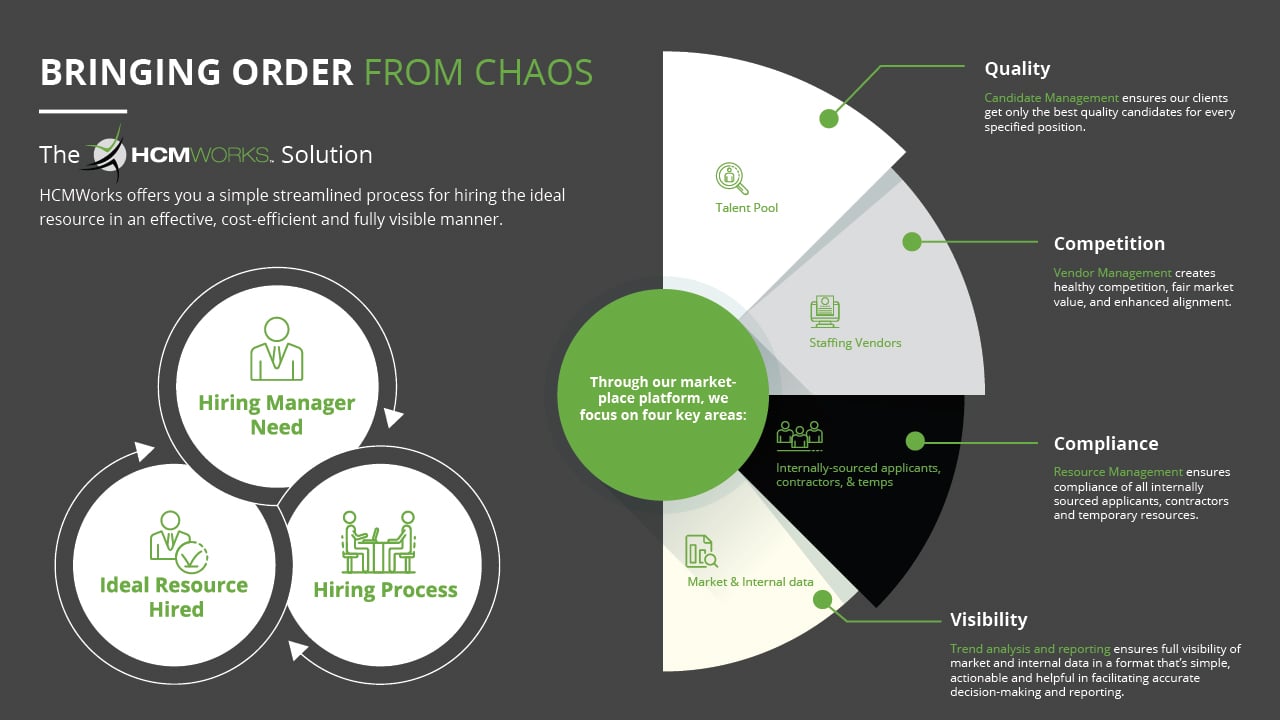While traditionally associated with managing productivity for repetitive tasks, workforce management (WFM) has now grown into a complex framework for enhancing organizational performance. Most WFM strategies include multiple departments in their scope, ranging from HR to procurement and operations.
An efficient WFM program relies on cross-departmental processes and collaboration to be effective. This may include various means of forecasting and analytics, as well as contingency plans for skills and staffing shortages to ensure business continuity.











